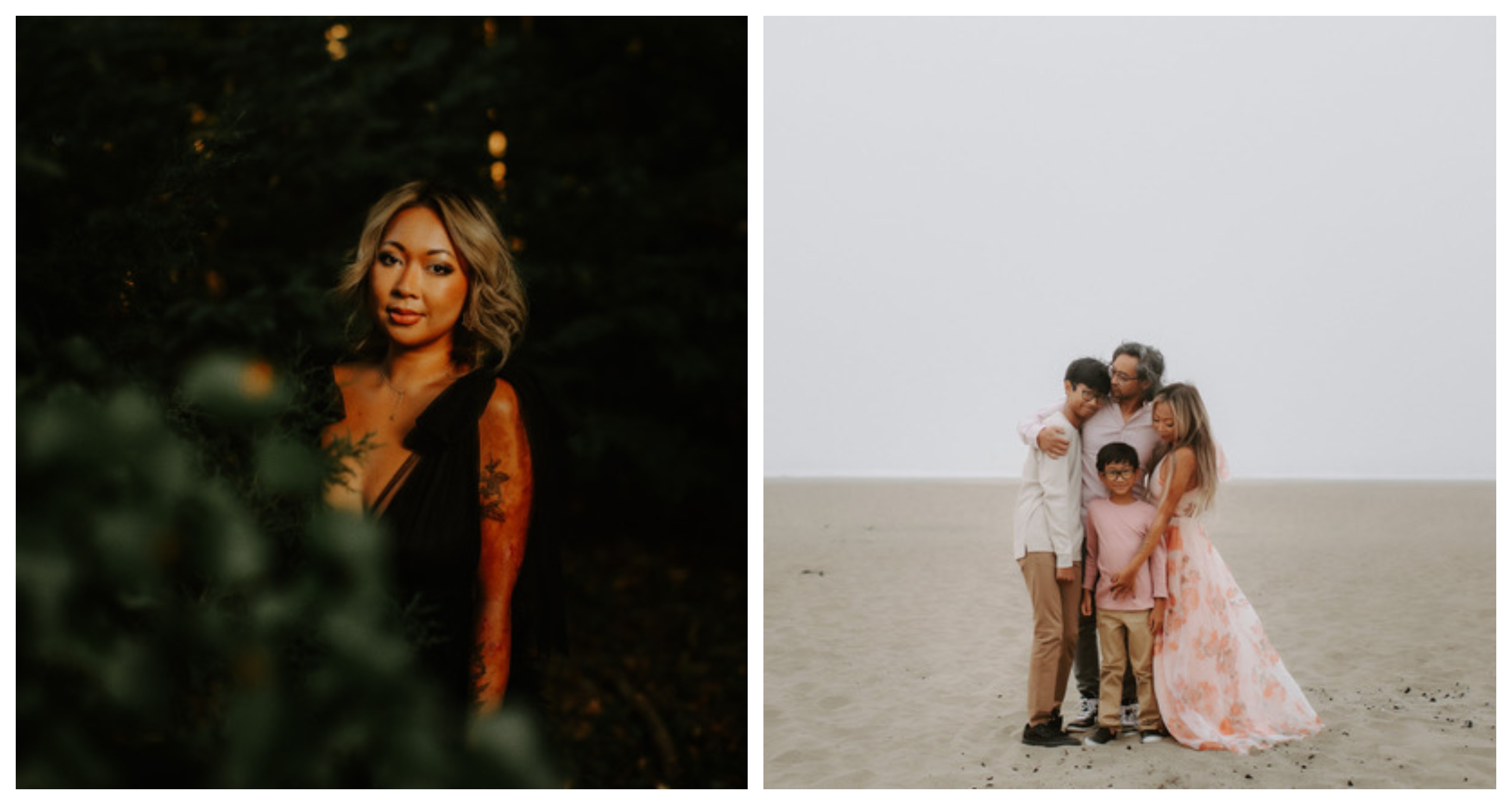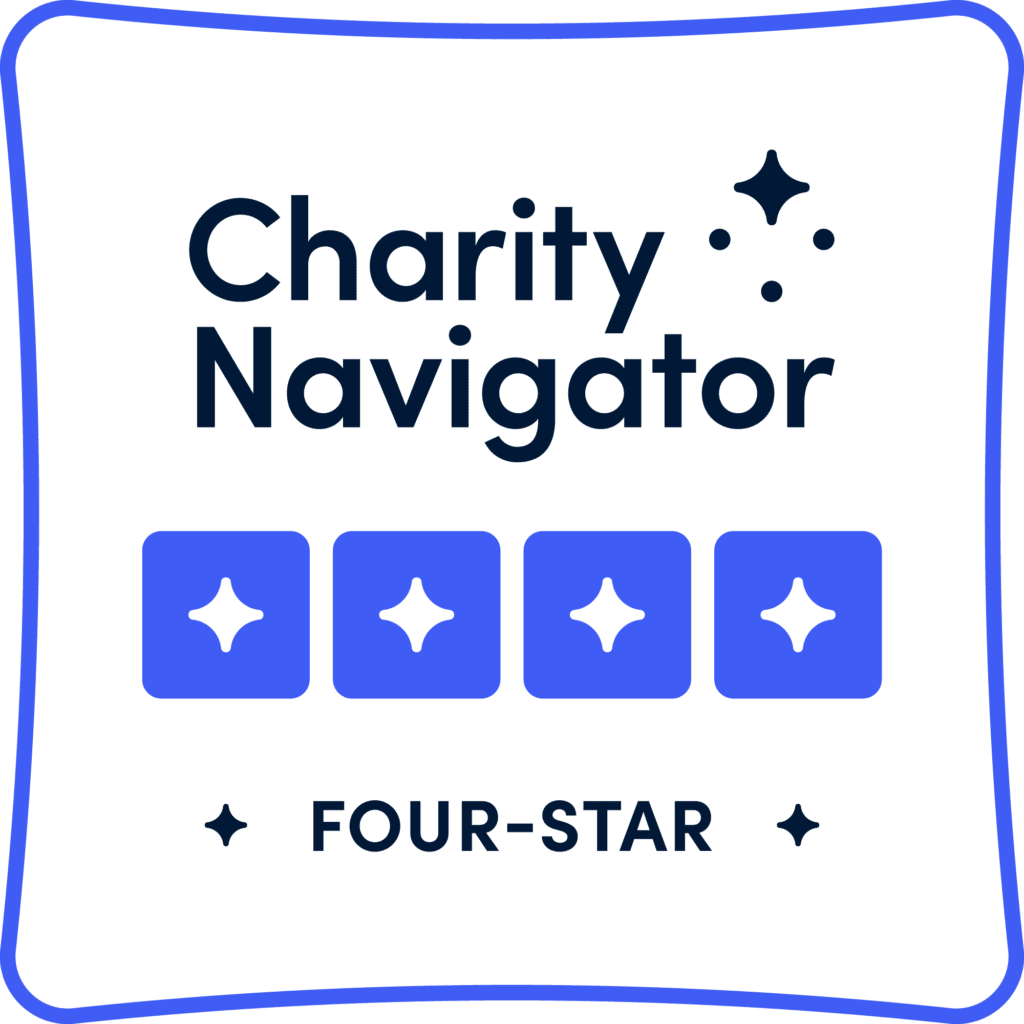I was diagnosed officially with Junctional EB at 21, after the birth of my first son. It was actually a journey to get diagnosed because I was born and raised in the Philippines. My parents found out I had a skin condition right after I was born but never got a formal diagnosis because of the lack of information regarding EB in the dermatology world back home.
It was misdiagnosed multiple times as eczema, which obviously it presents way more severe than eczema. After a really horrible c-section, and with the encouragement of the wound doctors I had in the hospital I gave birth at in Sacramento, I received a formal biopsy which then led to the diagnosis. The dermatologist I was with actually has NEVER met anyone with the disease and had to pull out her book from med school and we sat down together to read more information about it.

Mobility is the hardest thing for me, and being very cautious about my activities in order to lessen the trauma or creating trauma on the skin. I’m a busy body— forcing myself to sit down and rest so that I don’t inadvertently cause my body to make more blisters is tough. I’m still in the journey of learning to overcome them. It does take a family that’s very supportive and understand that some days are better than others to help me keep going. It also helps having a skin care routine to help with tending to wounds. It took a while to get my routine down, but I’m extremely happy with how I’ve somehow manage it over the years. Finding the right lotions, balms, scrubs, bandages was an adventure for sure.
My EB does present challenges in my professional career as a portrait photographer. I actually really wanted to be a wedding photographer also, but carrying gear for 8+ hours, plus walking has only lead to blistering feet. I had to really find my niche with portrait photography. I like that my standing hours are reduced to no more than 3-4 hours max, and I can work my clothes and shoes to better suit my mobility with shooting portraits. Majority of my time at work is spent on the computer, and I have found very comfortable positions to edit in so that I can be more aware of my body, especially when I have bad flare ups.
EB has given me the confidence to start self portraits. I photograph my skin as is plenty of times, and use it as a way to tell a photographic essay. It’s has also given me a different way of viewing and posing other people to showcase and highlight things they love about themselves. Being very vocal about the disease has encouraged my clients to be more confident in the skin they’re in also and they know I will be photographing them in the best light possible.
Definitely my kids and my husband, and also my best friends, bring me hope and joy when I'm having an especially tough day. I don’t think living with EB would be easy if it wasn’t for them. They’re so supportive and so loving. There are times that the pain is so intolerable that I tend to be a recluse. I’m lucky that I am given the time and the space by my loved ones to be able to heal in my own time - whether physically and/or mentally. Personally, the pain is a lot easier for me to tolerate. I have a very high pain threshold - but mentally is another game. I’m able to pull myself out of the funk by doing little hobbies that make me feel like I’m being productive.
Another thing I do love is being able to dress up, and work around my skin. Getting creative and learning different fabrics that work best with EB has been a wonderful hobby. Plus, I get to have a boost of confidence when I’m all dolled up!
I've only met one other person with EB. It was probably a decade or so ago. She was helping me at the fabric store and I noticed her hands had breakouts like mine. We got to talking about EB and we both have never met anyone else with the condition.
I really like creating - I love cooking, baking, painting. I do enjoy creating very tedious meals. The biggest challenge would be standing for prep. I’ve gotten rather creative with my meal prep by sitting down!
My message to the EB Community: I think it’s a really interesting position we have in this world to be one of the very few people that have this condition. Keep educating people about it, use your voice. We do have limitations on what we can sometimes do physically, but those limits also present plenty of things we are able to do. Our skin might be fragile, but we are strong in the heart and mind.
My message to those who don't live with EB: Please listen to us and don’t compare our condition to other conditions. That’s been the biggest hurdle is explaining to people when they compare it to other skin conditions. The best conversations I’ve had about the condition are with people that listen and ask questions to know more. The more people that listen and get piqued about the details of EB, the more awareness we will have about the disease.
- Winnie Bruce



